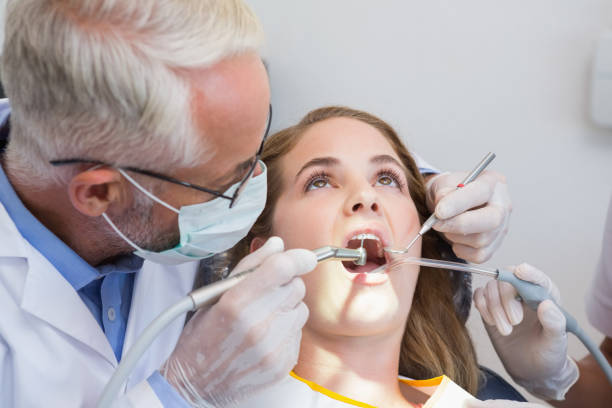
Who Innovated The Modern Dental Drill?

When it comes to essential dental equipment, the dental handpiece or the dental drill is perhaps the most important piece of equipment in the office, one that helps a dental professional treat and manage a wide variety of procedures.
With the help of various types of burrs, the dentist’s drill is a critical part of removing decay, preparing teeth for fillings and performing scale and polish treatments, and it can trace its roots to the dawn of medicine itself.
The earliest evidence of a dental drill being used dates back 9000 years, with early dentists of the Indus Valley using bow drills to perform procedures that look astonishingly familiar to modern dentists.
Whilst the principle has largely remained the same, the means of powering the drill has changed over the years, from the exceptionally simple bow drill to drills powered by clockwork, pedal-operated bellows and later electricity.
Despite this, and a few attempts to make the machine smaller and more precise, the biggest and most critical innovation in dentist drills is the development of the contra-angle handpiece, which is the shape the overwhelming majority of dental drills take.
A contra-angle handpiece means that the drill is at a right angle to how the device is gripped, meaning that it can be more easily used to access harder-to-reach parts of the mouth that would be all but impossible to safely work on with the longer straight drills that were the norm up until the mid-20th century.
The development of the modern dentist drill with that shape can be credited to Sir John Patrick Walsh, an innovative doctor working at the Dominion Physical Laboratory in Wellington, New Zealand.
Alongside the importance of a contra-angled grip, Sir John also found in his research that there was a relationship between vibration and pain perception, but rather than being strictly a correlation, there was a point where a drill would vibrate so much and spin so quickly that it would be less perceptible to a patient.
At the time, his device was driven by compressed air, inspired by his use of an air grinder as a dentist drill. He would receive a patent for his discovery in 1949.
Whilst there have been slight adjustments to the angle and a wide range of different handpieces that range in angles, materials used and the speed in RPM (revolutions per minute) that they can achieve, the core design concept that Sir John developed is one that is still used today.
They started to be widely used by the 1960s and were more widely developed by other pioneering dentists such as Dr John Borden, and this iterative development is still seen today.
By the 1990s, dental burrs themselves were being accompanied by a wide range of alternative systems that still used that handpiece and the general principle that made the dental drills so powerful and effective.
Dental air abrasions systems and lasers still use the contra-angle handpiece as a starting point, with its familiarity with dentists a testament to the effectiveness and legacy of Sir John Patrick Walsh’s accomplishment.


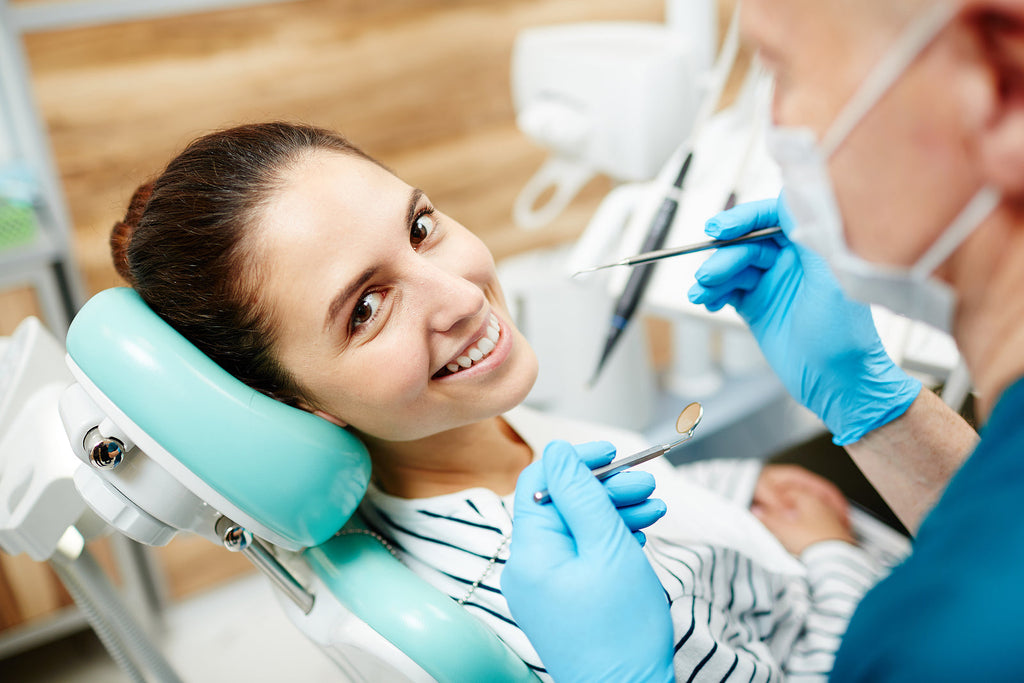
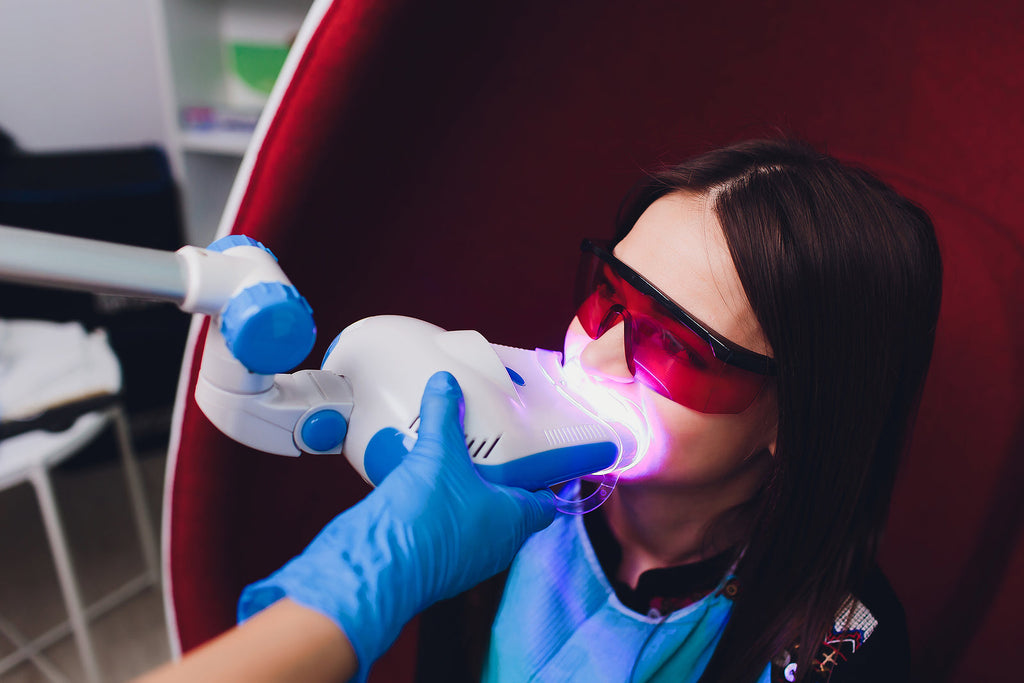
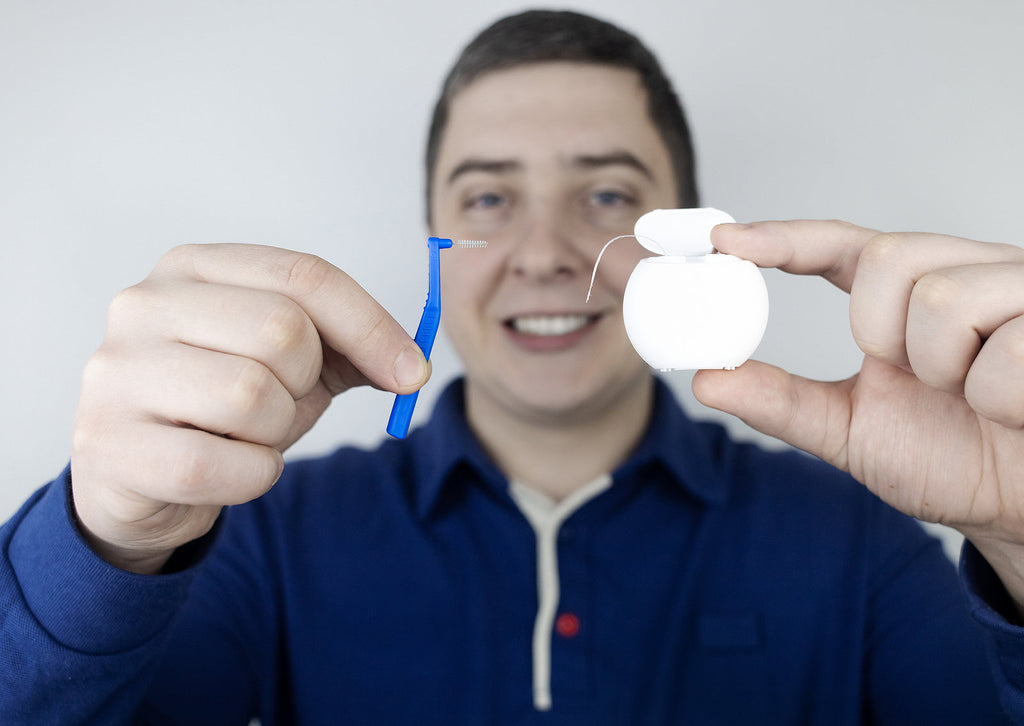

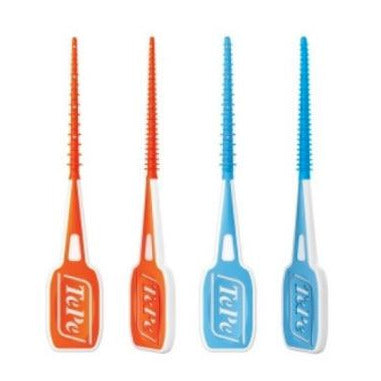
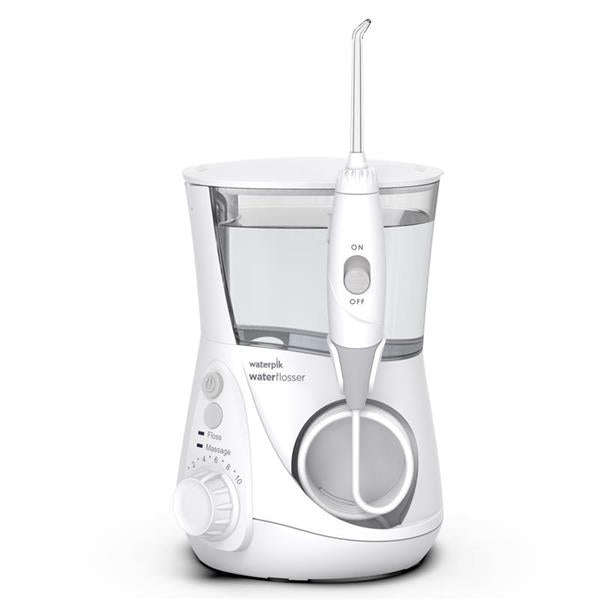
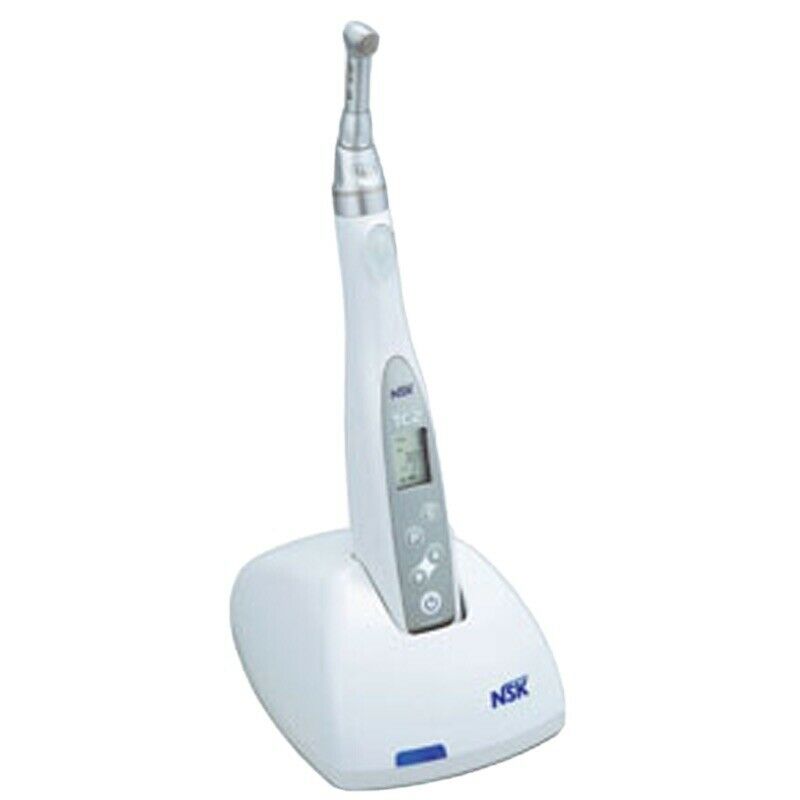

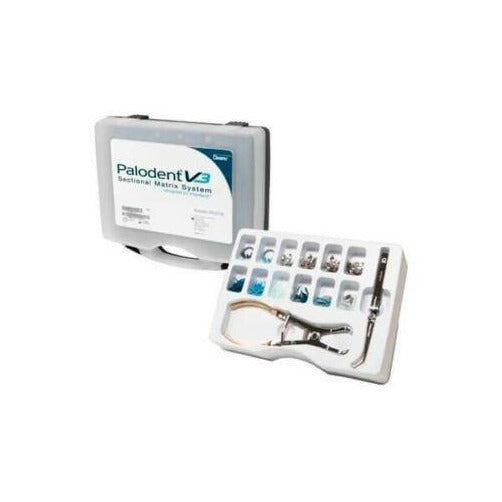
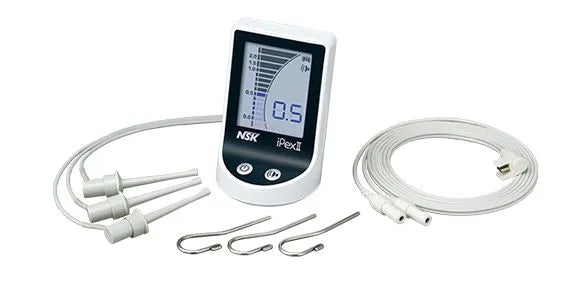
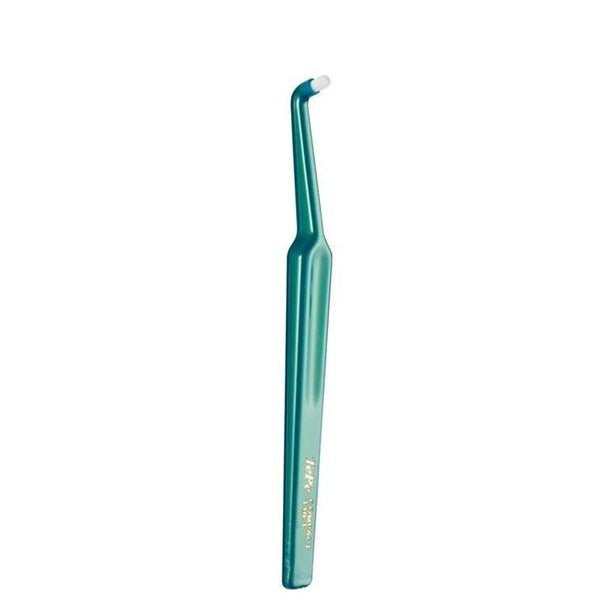


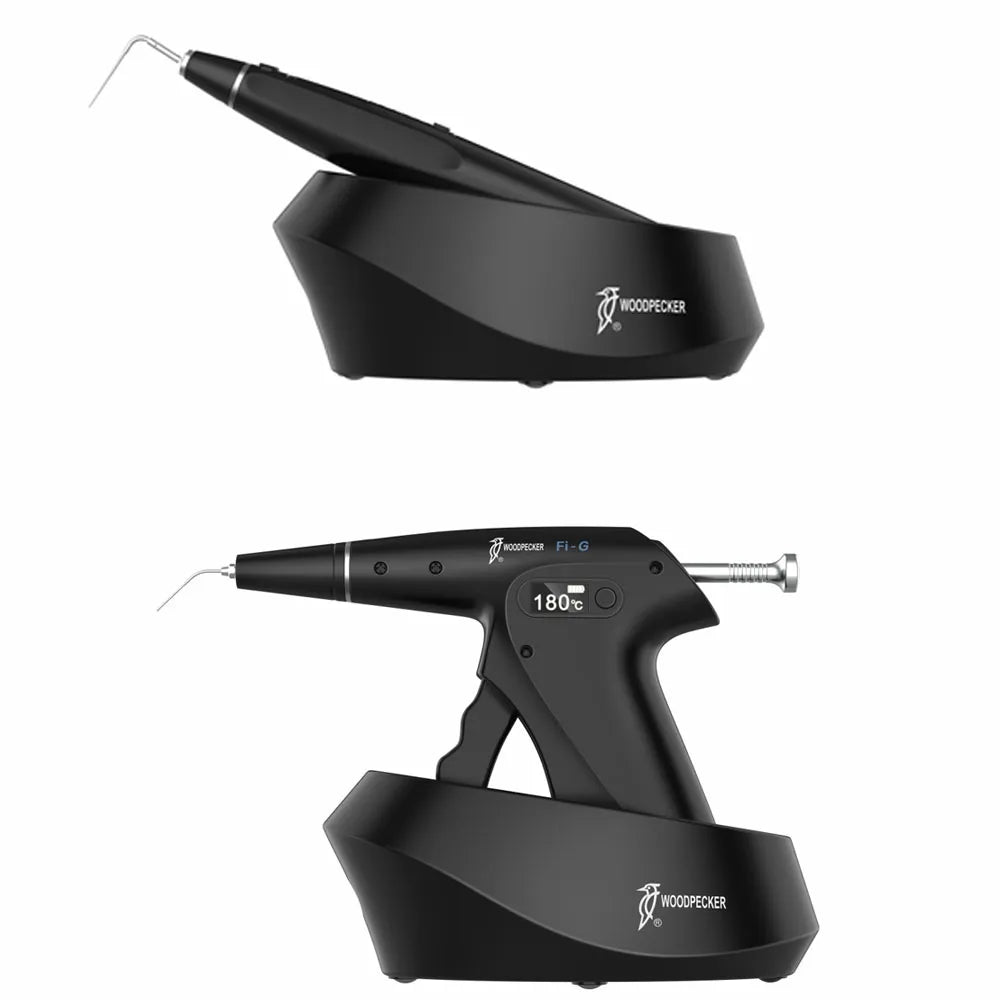
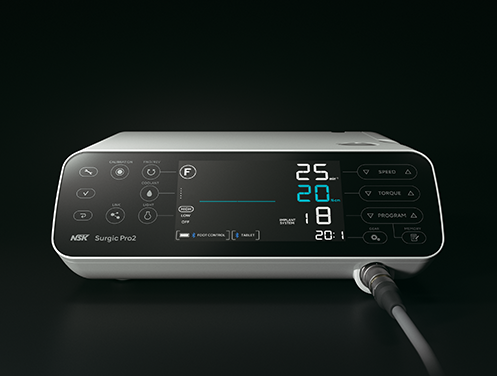
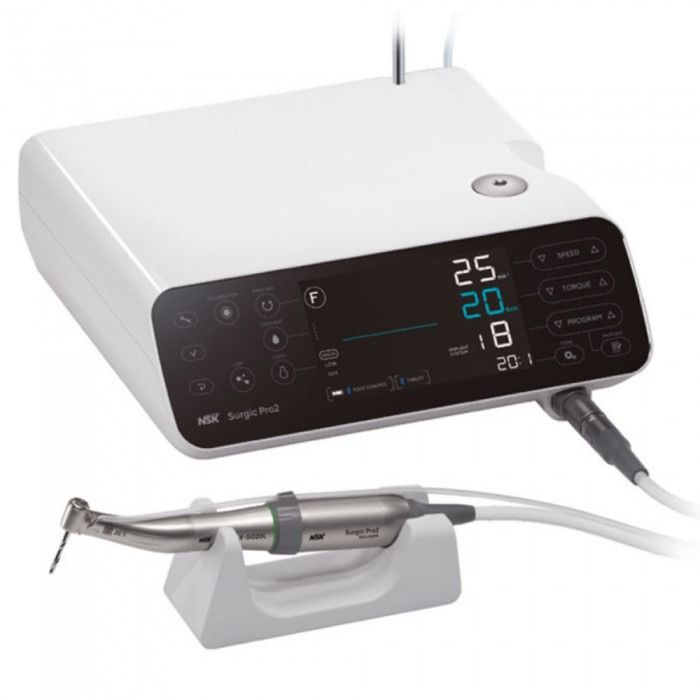

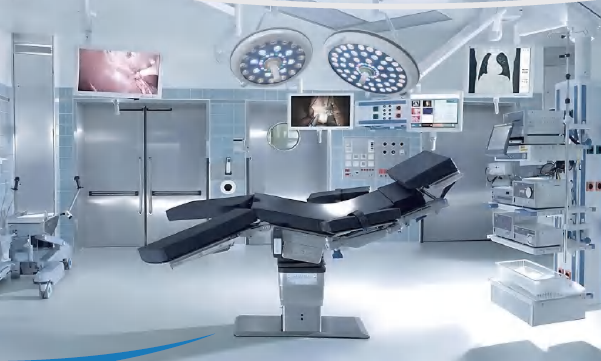
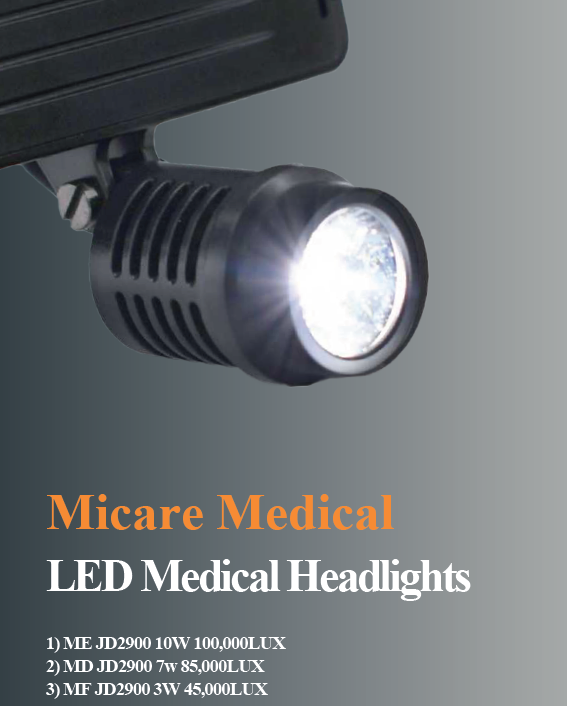
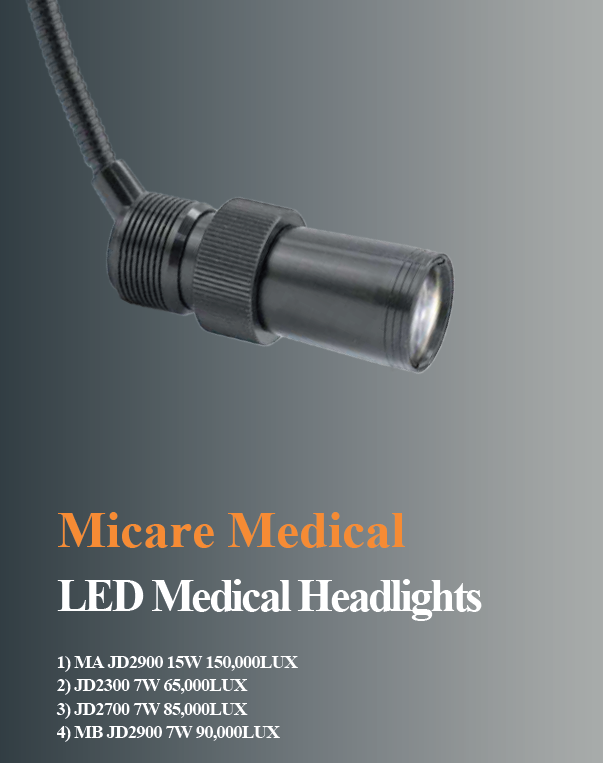
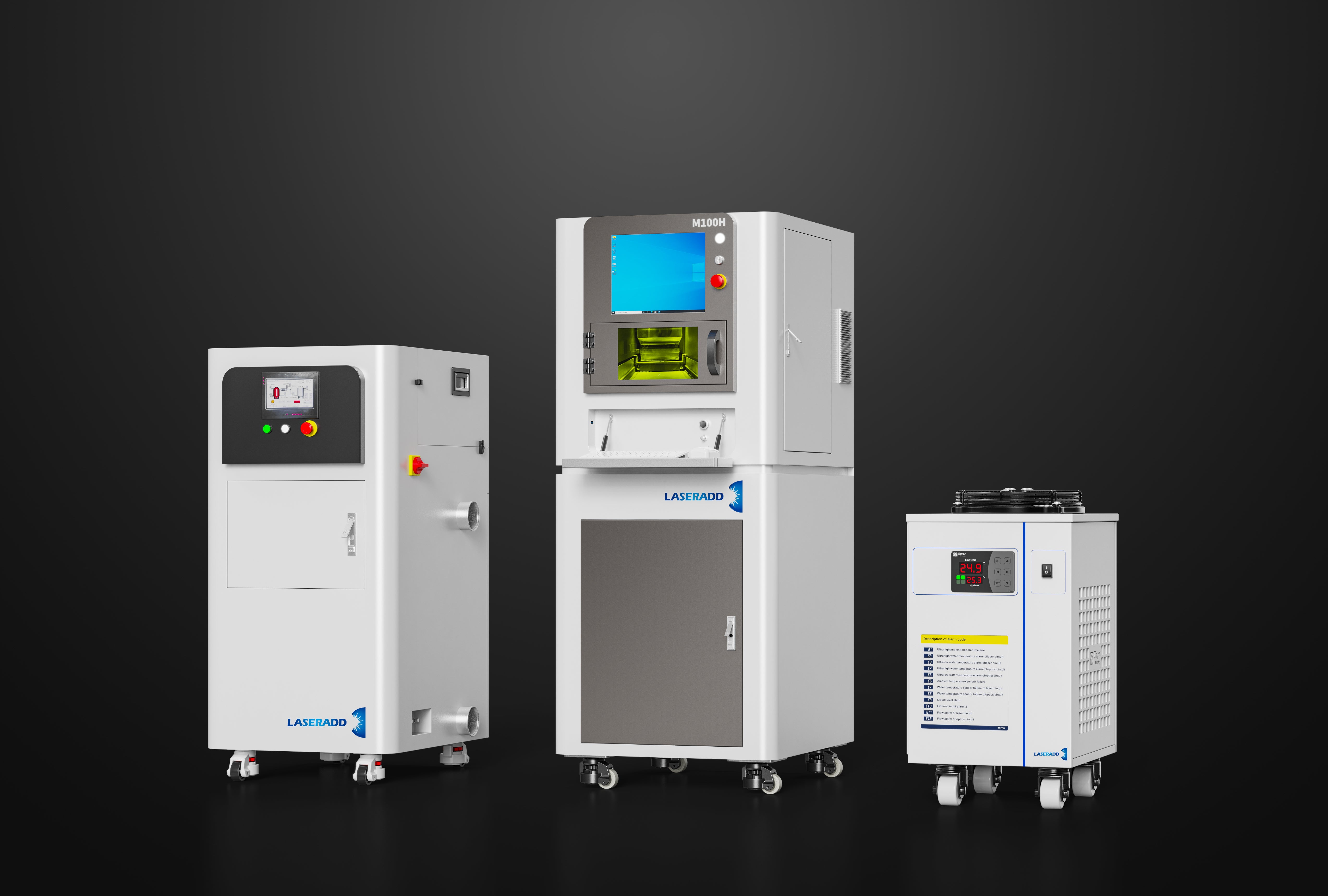

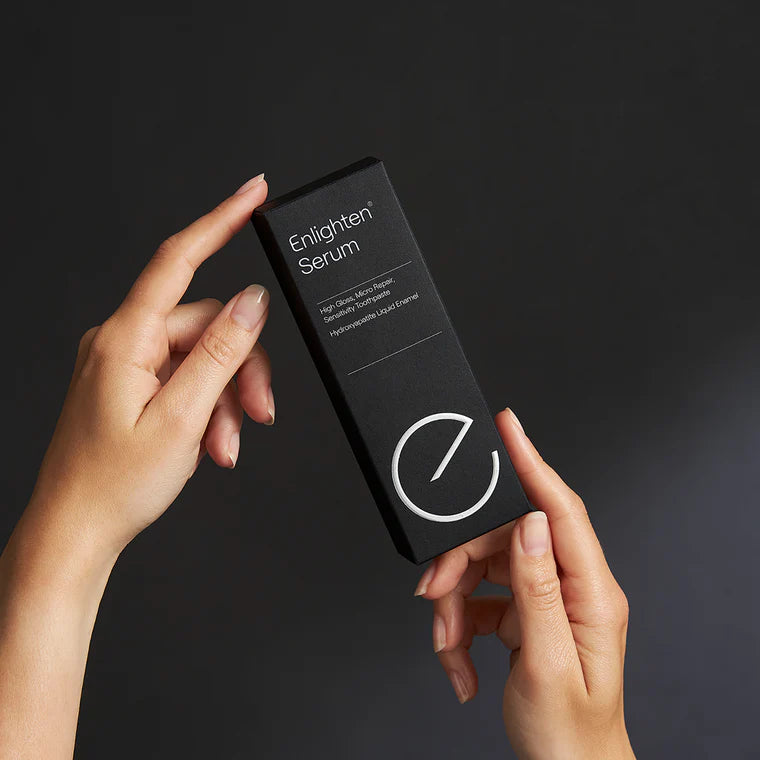
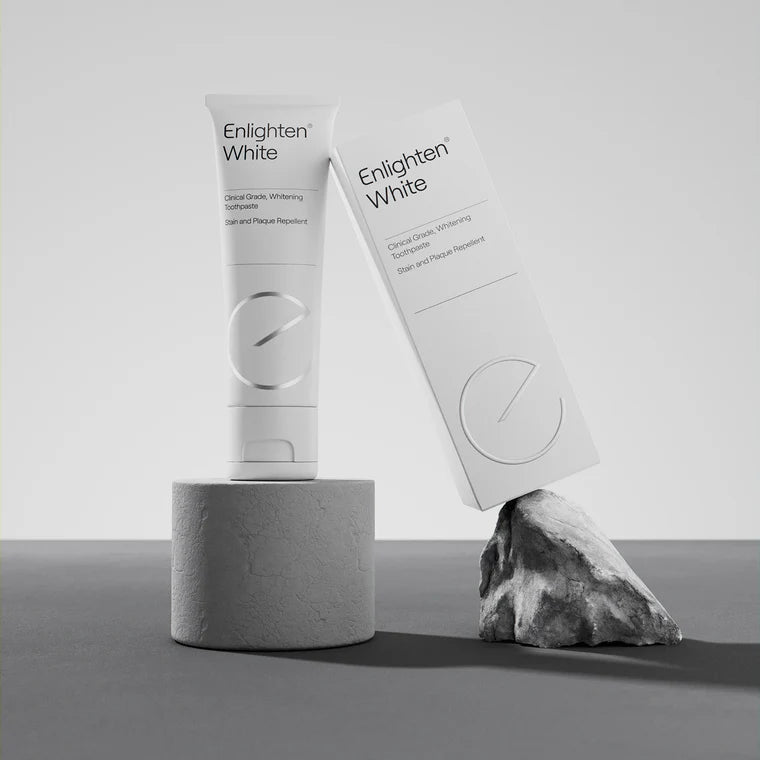
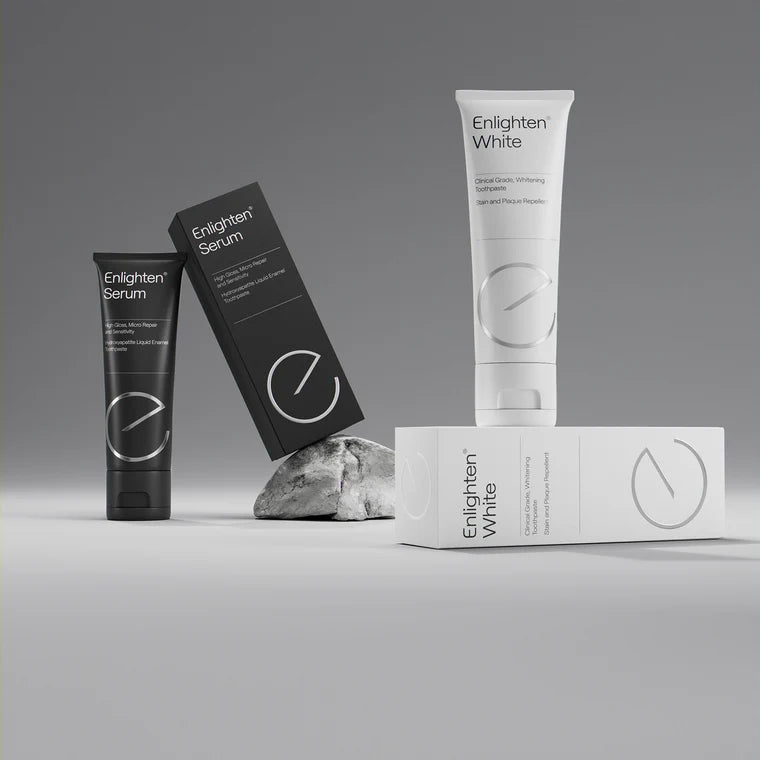
 Whatsapp us!
Whatsapp us!